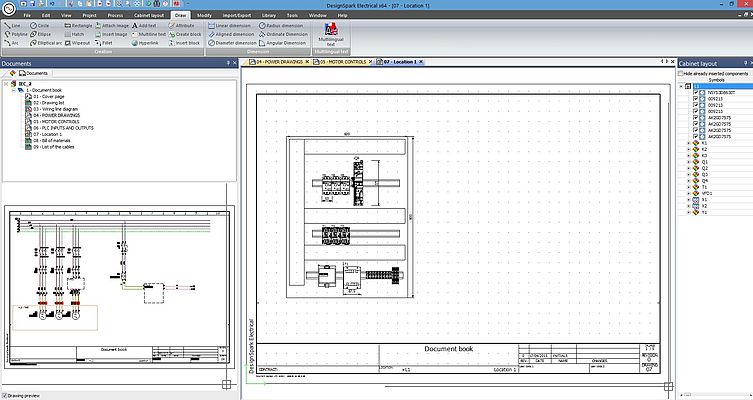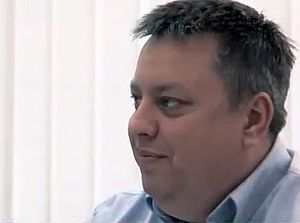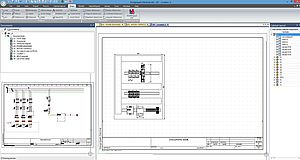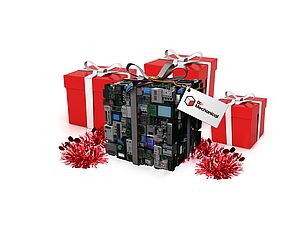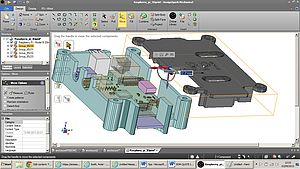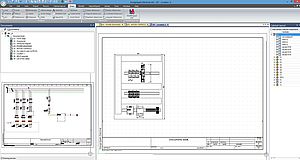When designing electrical systems, the reality is that engineers often have to work within extremely limited budgets. The high cost required of commercial electrical CAD software, as well as the extensive learning time, have been major barriers to adoption for many organisations.
Engineers designing machines and control panels, for example, often have to use highly unsophisticated solutions including sketching their designs on paper or using generic 2D CAD that does not have intelligent built-in features. Therefore an excessive amount of manual processing of simple tasks is required, such as adding numbered marks to wires or electrical devices, which takes many hours per day in the design process. In addition, a generic CAD package will not have built-in component libraries, so these will need to be assembled from scratch. There is also a serious need to improve design workflows for control panels. In some cases, we have seen engineers laying out all the components on the floor and measuring around them to determine the dimensions of the control panel needed for the job.
DesignSpark Electrical
To overcome all these challenges, DesignSpark Electrical has been developed to provide access to the functionality of electrical CAD for businesses that are struggling to justify the considerable price tag per seat for existing electrical CAD tools. Available completely free for download via the DesignSpark engineering resources website, DesignSpark Electrical is a fully specified electrical CAD package from RS Components that targets design engineers and other electrical professionals involved in control panel, machinery and electrical system design across multiple applications.
The key benefits are time saving and improved accuracy in the design and procurement process, enabled by key features of the easy-to-learn software including intelligent and specialist electrical design tools, real-time cross-referencing and validity checking. The software offers schematic design, wiring line diagrams and 2D cabinet layouts as design formats, and enables the automated generation of a range of reports from project data stored in a database, which is updated in real time. Importantly, the automated design functionality within the tool saves considerable amounts of design time by taking away mundane tasks such as numbering devices and wiring, as well as significantly enhancing accuracy, allowing engineers to concentrate on the overall system design.
A key element is the integration of a library that comprises more than 250,000 components and parts, including 80,000 from Schneider Electric and 10,000 from RS. In addition, the software also automatically creates a Bill-of-Materials (BoM) as specific components are selected as part of the design. Furthermore, the tool offers built-in BoM quote functionality, enabling customers to directly order parts via the RS website.
Industrial Application
In a typical industrial manufacturing or processing application, key elements within the production line machines are drive motors, which will need to be controlled, plus power cabling and logic devices such as PLCs (Programmable Logic Controllers). While some of the control equipment will be integrated within the machines themselves, typically it also will be housed within control panels in the production area or even in a separate control room, especially if the production line is a hazardous environment. Control and power cabling needs to run from the panels and cabinets that handle overall operation to the machine via any localised control equipment. These control cabinets would comprise devices such as contactors, circuit breakers and fuses for overload protection, as well as PLCs, especially if there are complex sequential production arrangements and conditions to be monitored, such as temperature.
All of these complex electrical arrangements can be accurately described using the features within DesignSpark Electrical. Although the tool has primarily been developed to provide a solution for industrial machinery design, it has the versatility to be applied to any form of electrical system such as in building services environments.
Author: Peter Smith, Applications Manager for Automation and Control at RS Components


